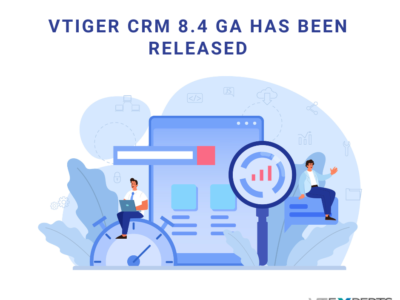Pricing strategies usually modify as a product passes in its product life cycle. The introductory stage of any product is especially challenging. Companies bringing out with a new product, face the challenge of setting price in the beginning. They can choose between two broad strategies. One is market-skimming pricing and the other one is market-penetration pricing. These two strategies play very important in fixing price of new product. It is very crucial thing to fix right price which can be affordable for consumer and beneficial for marketers.
-
Market-Skimming Pricing
Market-skimming pricing is fixing a high price for a new commodity to skim maximum returns layer by layer from the segments ready to pay the high price; the firm makes fewer but more profitable sales. Several businesses that invent new products set initially high prices to skim revenues. Sony frequently uses market-skimming strategy. In 1990, when Sony introduces the world’s first HDTV (high-definition television) to the Japanese market, the high-tech sets cost $43,000. These televisions were purchased only by those buyers who could afford to pay a high price for the new technology. Sony quickly reduced the price over the next several years to attract more new buyers.
Market skimming makes sense only under certain terms and conditions. First, the quality and image of a product must support its higher price, and sufficient buyers must want the product at that price. Secondly, the cost of producing limited volume of product cannot be so high that they stop the advantage of charging more cost.
Finally, competitors should not be able to enter the market easily and challenge the high price.
-
Market-Penetration Pricing
Market-penetration pricing is fixing a low price for new product in order to attract a large number of buyers and a huge market share. Rather than setting higher initial price to skim off small but profitable market segments, some companies use this strategy. Companies set low initial price in order to penetrate the market rapidly and deeply, and to attract a large number of buyers and win huge market share. The high sales volume results in declining costs, allowing the business to cut its price even further. Wal-Mart and other discount retailers use penetration pricing strategy. And Dell also used this strategy to enter in the personal computer market, selling high quality computer products through lower-cost direct channels.
There must be several conditions met for low-price strategy to work. First, the market must be extremely price sensitive so that a low price generates more market growth. Secondly, the costs of production and distribution must fall as sales volume increases.
Finally, the low price must help to keep out the competition, and penetration price must maintain its low-pricing position, otherwise, the price advantage may be only temporary. For example, Dell faced this difficulty when IBM and many other IT competitors established their own direct distribution channels.
It is very important to set pricing conscientiously. Pricing should be affordable to buyers to pay and profitable for companies at the same time.






